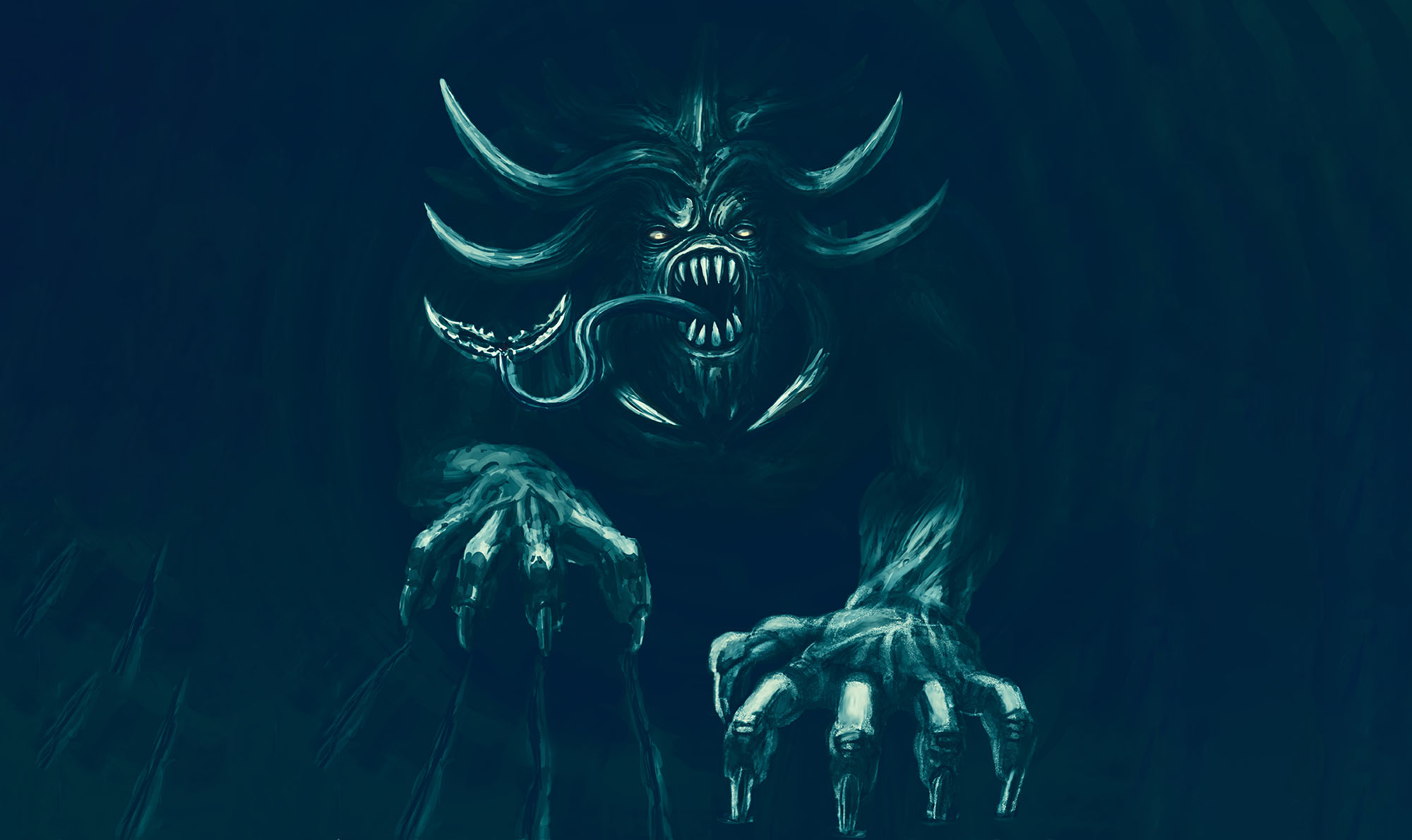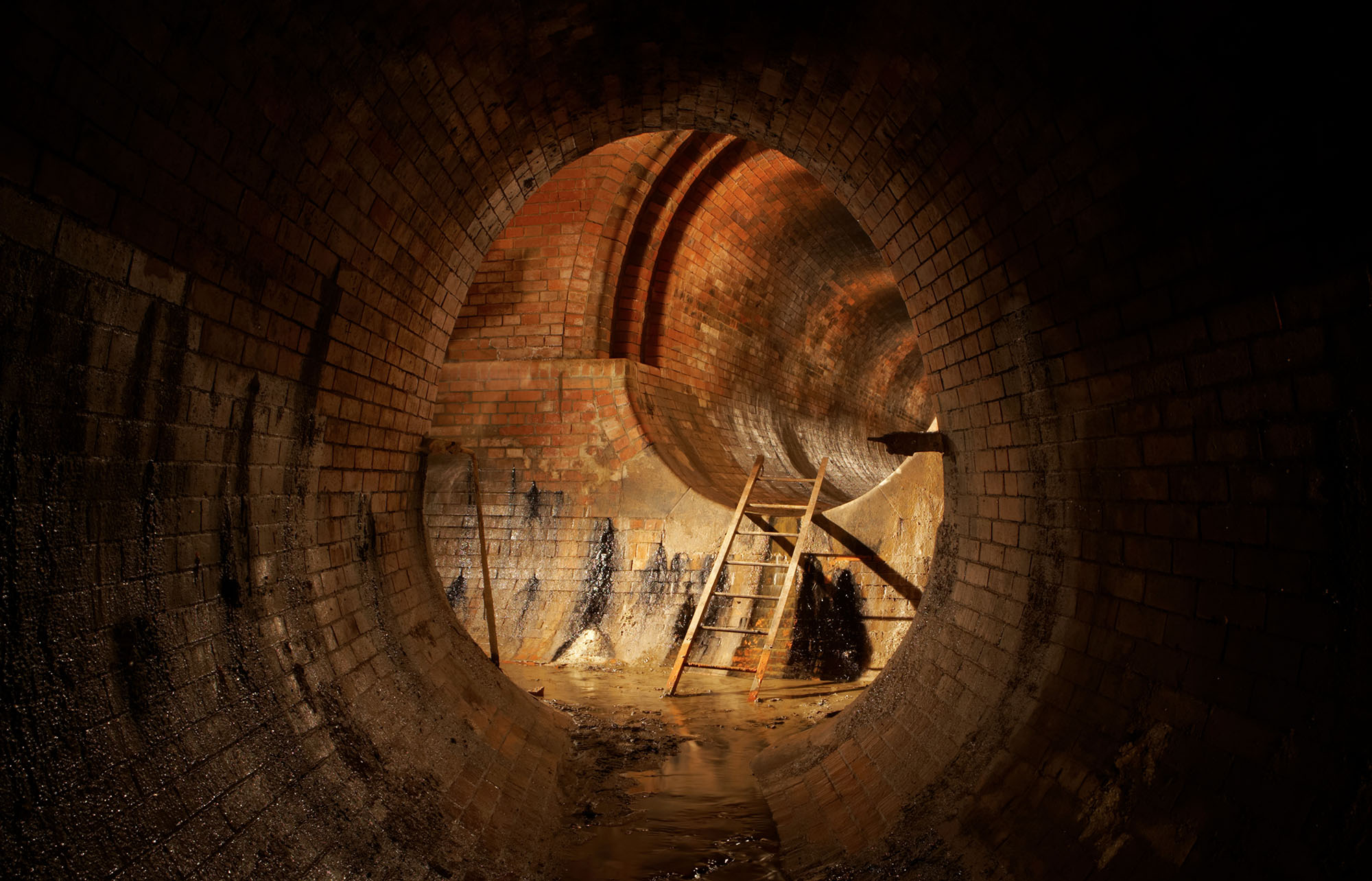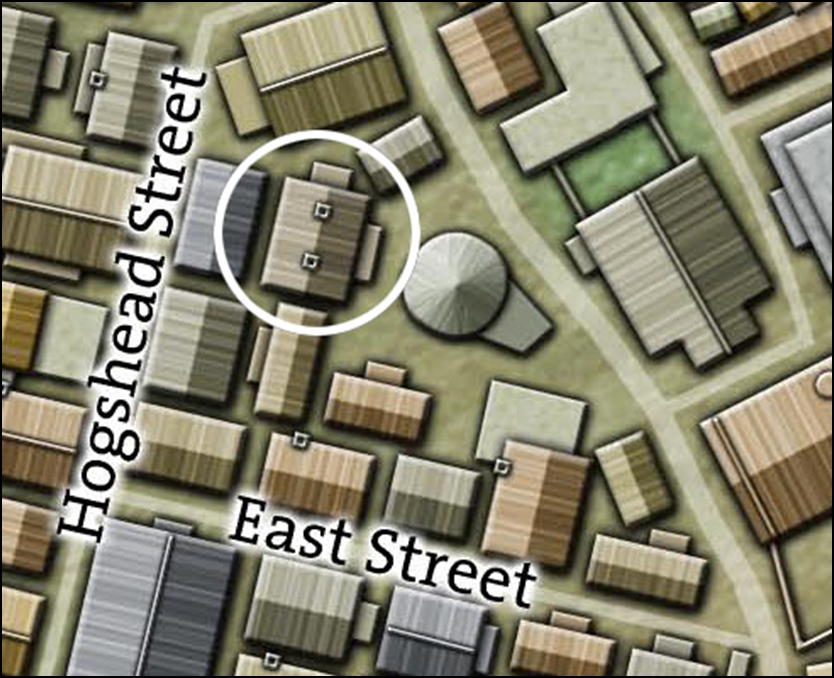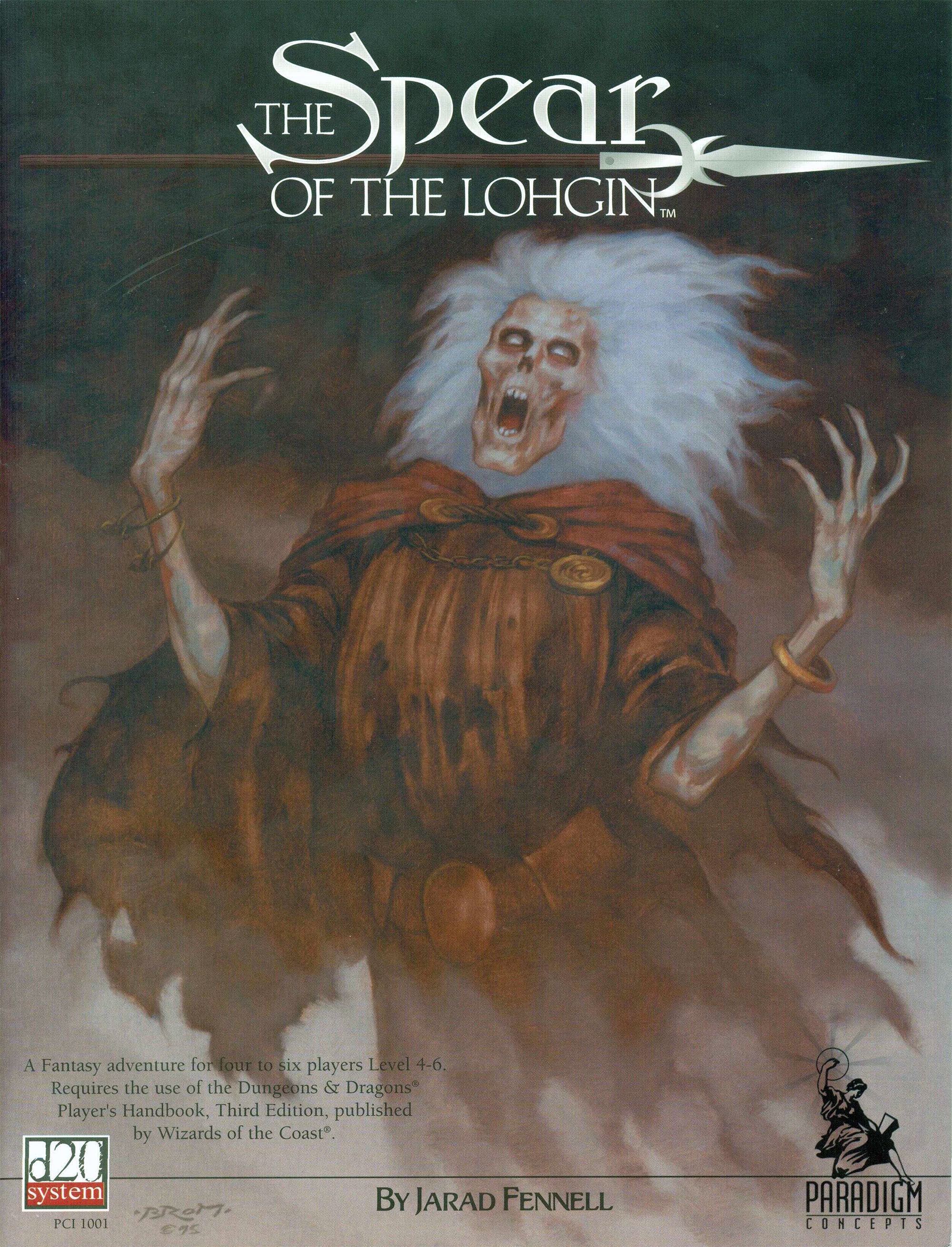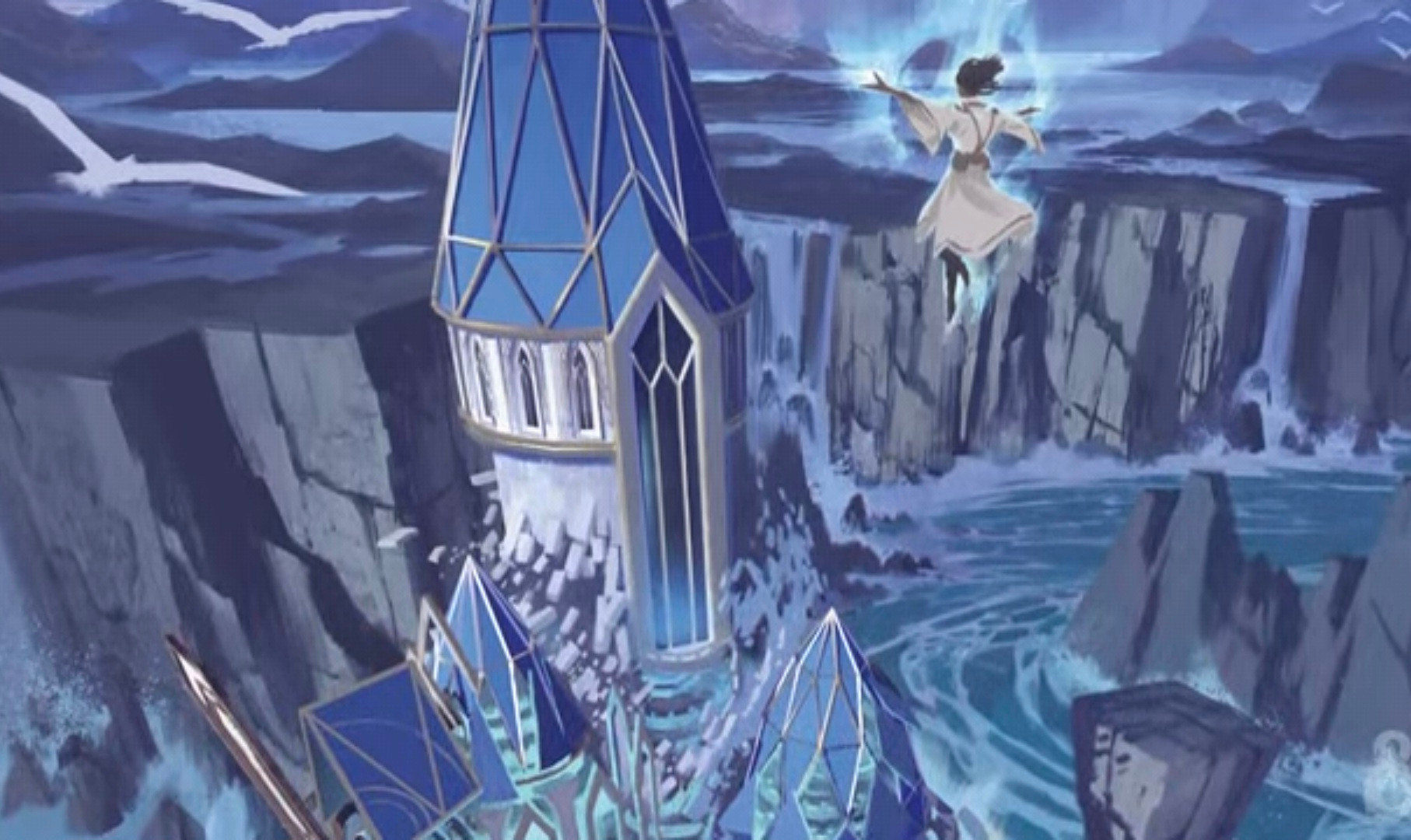
The D&D 2024 Dungeon Master’s Guide introduced a new Bastion system, giving PCs the opportunity to create personal strongholds. To briefly sum up the Bastion system:
- Your bastion is made up of facilities which can (a) be ordered to provide a special benefit and (b) include a number of hirelings. (Some facilities will also let you recruit defenders.)
- A bastion turn is 7 days. On each turn, you can issue orders to any/all of your facilities.
- If you DON’T issue any orders to your bastion, then a bastion event is rolled.
Each PC automatically gets a bastion at 5th level. All or any of the PCs in a group can choose to combine their bastions into a single physical location. PCs gain additional facilities at 9th, 13th, and 17th level.
You can’t spend money to make new facilities, but some facilities can be enlarged by spending 2,000 gp and you can swap one facility for a different facility each time you level up.
If your bastion is attacked (as part of a bastion event, for example), then:
- You automatically defeat your enemy.
- Lose 6d6 defenders.
- If you end up with 0 defenders, then one of your facilities has been damaged and can’t be used for one bastion turn.
The bastion facilities mostly avoid dissociated crap, but there are a handful of hilarious exceptions, such as:
- Performing a play to gain +d6 to any later d20 roll of your choice.
- Expert skill trainers who can make you proficient in skills, but only for 7 days.
- Warrior lieutenants who won’t defend your bastion if it’s attacked, but CAN raise armies for you. (The armies also won’t defend your bastion.)
Overall, though, the Bastion system is meaty. It packs a lot of stuff into just twenty pages. I’m also a big fan of the conceit of “assume your bastion has a complex economy that usually breaks even.” It immediately knocks out a bunch of bookkeeping that can keep people from wanting to interact with systems like this. (It would probably work even better if the system was more explicit in (a) stating this conceit and (b) embracing it in the design. For example, you could have bastion events that could include stuff like “Shortfall — this month you’re in the red; what are you going to do about thast?” But I digress.)
Perhaps the most important feature, in my opinion, is that PCs automatically gain that bastion stuff when they level up. I’ve long argued that if you want strongholds to be a core part of the D&D experience, then you need to go back to the PCs getting them as an automatic perk. If the players see a cool toy on the list of stuff they get when they level up, they’ll want to go play with their toys.
Which would then, ideally, position the DM to use the group’s bastion(s) to create cool adventure hooks, complications, and evolving narratives. And, simultaneously, the players would be set up to use their bastions to cleverly solve problems, set goals for themselves, and explore new opportunities for their characters.
Unfortunately, those hooks and opportunities don’t exist. In fact, because of how the system is designed, they can’t exist.
THE BASTION BUBBLE
The problem is that bastions have been designed to exist in a bubble.
The advantage of this bubble is that you can have bastion play without changing the way you run campaigns: It’s a downtime action PCs can take without taking a break from adventuring. Bastions are a little solo game that the players run off to the side that occasionally pops out a healing potion.
The problem, though, is that the bubble also means that there’s no clear vector for integrating bastions into your campaign:
- there’s no way to level up from doing Bastion stuff; and
- there’s no way to improve your bastion without leveling up.
As written, the DM can’t say, “Go on this adventure and your Bastion will get this cool improvement!” And a player can’t say, “I want this cool improvement for my Bastion, how can I make that happen?”
Meanwhile, bastion events are all designed to be neat, tidy, and basically resolve themselves. (If they mad a mess, after all, the PCs might have to stop following the plot and go clean it up!) So the system also doesn’t generate adventure hooks.
It’s not just that the Bastion system doesn’t plug into or generate adventure content. It’s designed to actively REPEL attempts to do so: Nothing goes in. Nothing comes out. (Except the gachapon prizes.)
This is why bastion events only trigger when the PCs aren’t home (and don’t issue any orders).
It’s why defenders and hirelings don’t have stat blocks: You can’t take a hireling with you on an adventure. You can’t join your defenders in fighting to protect your bastion.
It’s even why the bastion economy is kept entirely separate from the PCs’ money. (And don’t worry your pretty little heads about any of the details.)
And even though it’s never explicitly said, it’s also why it’s strongly implied that if the PCs have retreated to their bastion, then they should be left alone.
The campaign is over here. The bastion is over there. Stay in your lane.
Okay, but can’t we just burst this bubble?
Even if the Dungeon Master’s Guide says that we can’t, that doesn’t we couldn’t, for example, reward the PCs with a new bastion facility.
Unfortunately, it’s not quite that simple. To use the example of facility rewards, consider how many facilities each PCs from leveling up: Two at 5th level; two more at 9th; once more at 13th; and one more at 17th.
Assume we have a group with five PCs who have their bastions physically united: At 5th level, when they get their bastions, they’ll have a total of ten facilities… but there are only nine Level 5 facilities. Similarly, at 9th level they’ll get +10 facilities, with only ten Level 9 options to “choose” between.
While you can duplicate facilities and a few of them have benefits that would make that worthwhile, you can see how, in a pretty typical group, there are no hard choices when it comes to the group’s collective bastion. Your players can just say, “One of each, please!”
As analogy, imagine that PCs automatically got magic items when leveling up. In fact, they get so many magic items from leveling up that they can have one of every single magic item in the Dungeon Master’s Guide. If that were true, it would be quite difficult to motivate the PCs with the promise of a magic item. And the same thing happens with bastion facilities.
You can work around the edges a little bit here. For example, as I mentioned, there are some bastion facility upgrades. You could expand the number of meaningful upgrades available and offer them. You could create new facilities. You could also play around with the idea of granting access to level-gated facilities.
There’s other stuff we can do, too: We could create stat blocks for our hirelings and defenders. We could replace the bastion event triggers and revise the whole system into something that the PCs can meaningfully interact with. But it turns out the bastion bubble is baked in pretty deep and, if we want to burst it, we would need to rip a lot of stuff out and rebuild it.
CONCLUSION
The bastion bubble is, ultimately, rooted in a more significant and widespread problem with the 2024 Dungeon Master’s Guide: The lack of a clear vision of play.
If the Bastion system, for example, had been built with a clear vision of play in mind, then we would expect Wizards of the Coast to write their upcoming adventures/campaigns with the Bastion system in mind: Since we’re assuming that all PCs will have them, we should logically account for them in our prep and expectations.
I suspect, however, that this will not be the case, for much the same reason that — while most of the sample adventures in the Dungeon Master’s Guide feature overland travel — only one of them actually uses the Journey system that’s presented as the scenario structure for that. (And this despite the fact that, unlike the bubble of the Bastion system, the Journey system has a clear integration with play!)
This is also why the Bastion system has some weird level-gating. Some of these are inexplicable. (Why, for example, can’t you run a Pub until you’re 13th level?) Others, however, are pretty clear-cut: Since there’s no clear vision of play — of how the Bastion system is supposed to actually work at the table — anything requiring novel or challenging storytelling — like leading an army or running a guild — is just dropkicked to a high enough level that Wizards, whose campaigns that virtually all end at 15th level or before, can just shrug and say, “Not our problem. Figure it out yourself.”
This is why I think the Bastion system will, unfortunately, just wither on the vine. And I strongly suspect that, rather than the ideal outcome of Bastion-based adventures, we’ll instead see a worst-case scenario. Like the half-formed downtime mechanics in the 2014 Dungeon Master’s Guide, this half-functional Bastion system will only become an impediment to people trying to implement better and fully functional solutions.
You’ll see a lot of people trying to implement, say, Trollskull Manor from Dragon Heist in the system and getting stuck.
Which is too bad, because there’s something almost brilliant about the Bastion system. And I do think that, thanks to their automatic acquisition, we’ll see a lot of groups, possibly even a majority of groups, using strongholds, something which hasn’t been true since the ‘80s (which, not coincidentally, is the last time they were a core part of the D&D rules).
In truth, I hope to be proven wrong here. I think it would be marvelous for Bastions to burst out of their bubble.
For that to happen, though, someone will need to find the thing that strongholds in D&D have always struggled to find: A clearly understood structure and vision of play.


